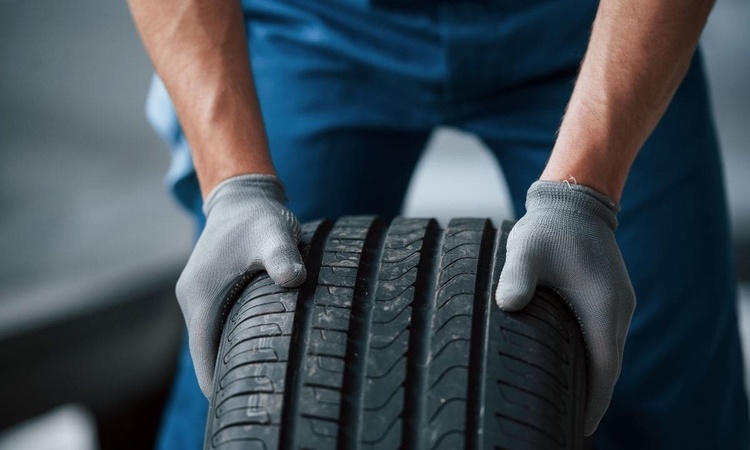Routine maintenance checklist to extend asset lifespan
Regular maintenance preserves a vehicle’s reliability and value while reducing unexpected downtime. This checklist focuses on practical inspections, routine servicing, and recordkeeping to help owners manage ownership costs, support resale value, and maintain safety and efficiency over the asset’s lifespan.

Regular attention to basic tasks keeps vehicles safer, more efficient, and more valuable over time. A systematic routine covers visual inspections, scheduled servicing, and tracking diagnostics and mileage. Following a checklist helps you prioritize repairs, maintain warranty compliance, and control financing or insurance impacts by documenting consistent upkeep.
How often should I schedule maintenance and servicing?
Establish intervals based on manufacturer guidance, usage patterns, and mileage. Routine servicing typically involves oil and filter changes, fluid checks, and belt and hose inspections. For higher-mileage vehicles or those used for towing or commercial work, shorten intervals. Document service dates and mileage to support warranty claims and to show lenders or prospective buyers a consistent maintenance history when considering financing or resale.
What inspections and diagnostics are essential?
Regular inspections should include brakes, tires, lights, suspension, and steering components. Use onboard diagnostics to catch engine or emission system codes early; periodic diagnostic scans can reveal issues before they lead to costly repairs. Visual inspections for leaks, cracks, or uneven tire wear help detect mechanical or alignment problems. Local services can perform comprehensive inspections if you do not have the tools or expertise.
How can insurance, warranty, and ownership records help?
Maintain detailed records of servicing, inspections, and repairs to demonstrate proper ownership care. Insurance providers may consider documented maintenance when assessing claims or premiums, while warranties often require proof of scheduled servicing to remain valid. Keep receipts, service stamps, and diagnostic reports in a physical folder or digital archive to simplify claims, warranty work, or future resale transactions.
What to monitor: mileage, emissions, and efficiency
Track mileage to time scheduled maintenance and anticipate major service items such as timing belt replacement or transmission servicing. Monitor fuel economy and emissions performance; sudden changes in efficiency or failed emissions tests often indicate underlying engine, fuel, or exhaust system problems. Routine air filter, spark plug, and injector servicing supports efficiency and helps manage operating costs over the vehicle’s life.
Handling repairs, charging, and safety checks
Address repairs promptly to avoid compounding damage. For electric or plug-in vehicles, follow recommended charging routines and battery care to sustain range and battery health. Prioritize safety items—brake pads, tires, and lighting—and confirm that airbags and seatbelt systems are functioning. When major repairs are required, obtain diagnostic reports and clear cost estimates from qualified mechanics or certified local services to guide decisions.
Resale value, financing considerations, and local services
Regular maintenance enhances resale value by showing buyers a documented history of care. Lenders may also look more favorably on collateral with clear service records when considering refinancing or trade-in financing. Use reputable local services for scheduled maintenance and keep records to support both resale and financing options. If warranty coverage exists, verify whether repairs are eligible under warranty before proceeding with paid services.
Conclusion A routine maintenance checklist centers on scheduled servicing, regular inspections, timely repairs, and solid recordkeeping. Monitoring mileage, emissions, diagnostics, and efficiency helps detect problems early and supports warranty, insurance, financing, and resale outcomes. Applying consistent care—whether through DIY checks or trusted local services—extends asset lifespan and preserves safety and value.





